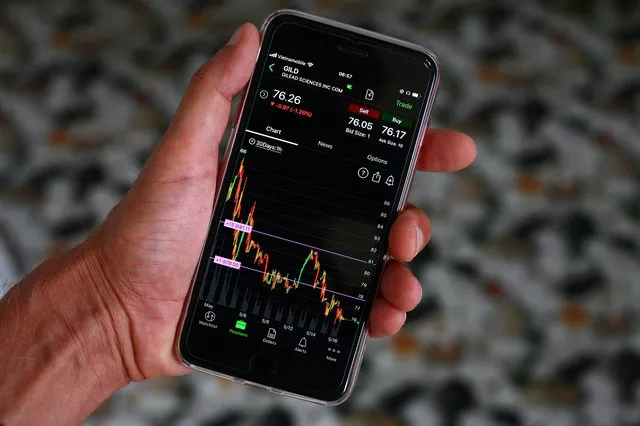South Korea’s Korea Exchange (KRX) has activated its ‘sidecar’ rule on Kospi futures amid significant market volatility. This regulatory mechanism is designed to curb excessive trading during turbulent periods.
Overview of the ‘Sidecar’ Rule:
Purpose: The ‘sidecar’ rule is a circuit breaker mechanism implemented by the Korea Exchange to address extreme market fluctuations. It temporarily halts futures trading to prevent panic selling and maintain orderly market conditions.
Trigger: The ‘sidecar’ is activated when the benchmark Kospi futures contract moves more than 5% from its previous close. This threshold indicates significant market stress and prompts the trading halt.
Duration: When triggered, the ‘sidecar’ rule imposes a five-minute pause on program trading. This brief suspension is intended to provide traders with a moment to assess the market situation and avoid impulsive decisions.
Recent Market Impact:
Kospi Futures Movement: The activation of the ‘sidecar’ reflects a sharp decline or volatility in Kospi futures, signaling heightened investor anxiety and market instability.
Market Reaction: The rule’s implementation is a proactive measure to stabilize the market during periods of extreme fluctuations and to provide a cooling-off period for traders. By limiting trading for a short time, the KRX aims to mitigate the impact of rapid price movements and promote a more orderly trading environment.
Significance of the Rule:
Stabilization: The ‘sidecar’ rule helps stabilize the financial markets by reducing the risk of a market panic and providing time for investors to reassess their strategies.
Investor Confidence: By addressing extreme volatility, the rule supports investor confidence and helps maintain market integrity during periods of heightened uncertainty.
Overall, the activation of the ‘sidecar’ on Kospi futures highlights the importance of regulatory mechanisms in managing market volatility and ensuring a stable trading environment during periods of significant price movements.


